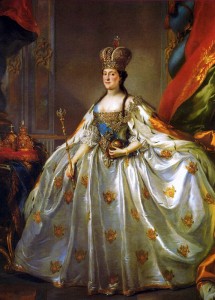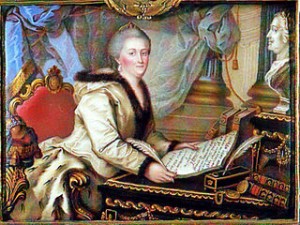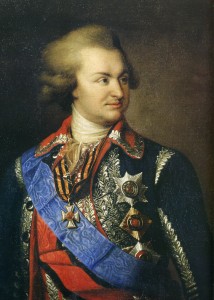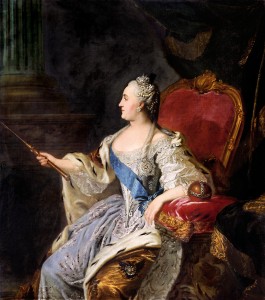Catherine’s vision was to create a better Russia through helping the people. She recognized how vast her empire was and decided it would be better managed if divided into separate provinces. The Statute on Provincial Administration created “a much more significant administrative presence in the provinces than been there before” ((Kaiser and Marker 242)) . The Statue on Provincial Administration creates a more structured, organized role of power for those in charge of the provinces by clearly stating how the provinces are to be run; for example, “Each province shall establish a criminal court” (Kaiser and Marker 242)) . The Statute also establishes the difference in ranks, “The vice-governor, chief of police, chairman of the criminal court, chairman of the civil court,… shall be considered to have a rank of five…” ((Kaiser and Marker 243)) . Catherine’s organization of the provinces allows her to govern more easily while providing more organization to the provinces throughout all of Russia.
The Charter to the Town truly encapsulates how Catherine was enlightened and what she wished to do for Russia. Catherine wanted to reform all of Russia, and The Charter to the Town does just that by “clarify[ing] the status of several social groups, to define their privileges and responsibilities to the state, and to give a formal identity to their corporate existence” (Kaiser and Marker 321)) . Laws in the charter clearly state how “inhabitants of each town” are encouraged and expected to participate in town actives, particularly economic, creating a sense of nationality ((Kaiser and Marker 322)) . Catherine also provides numerous rights to the working class through this charter, securing the social structure even more and bettering the lives of the townspeople. Catherine the Great was an enlightened monarch because she reformed Russia by creating a more organized ruling system and by helping to better people’s situations in Russia.
((https://lifetakeslemons.files.wordpress.com/2011/04/catherine-the-great-coronoation-1.jpg))




